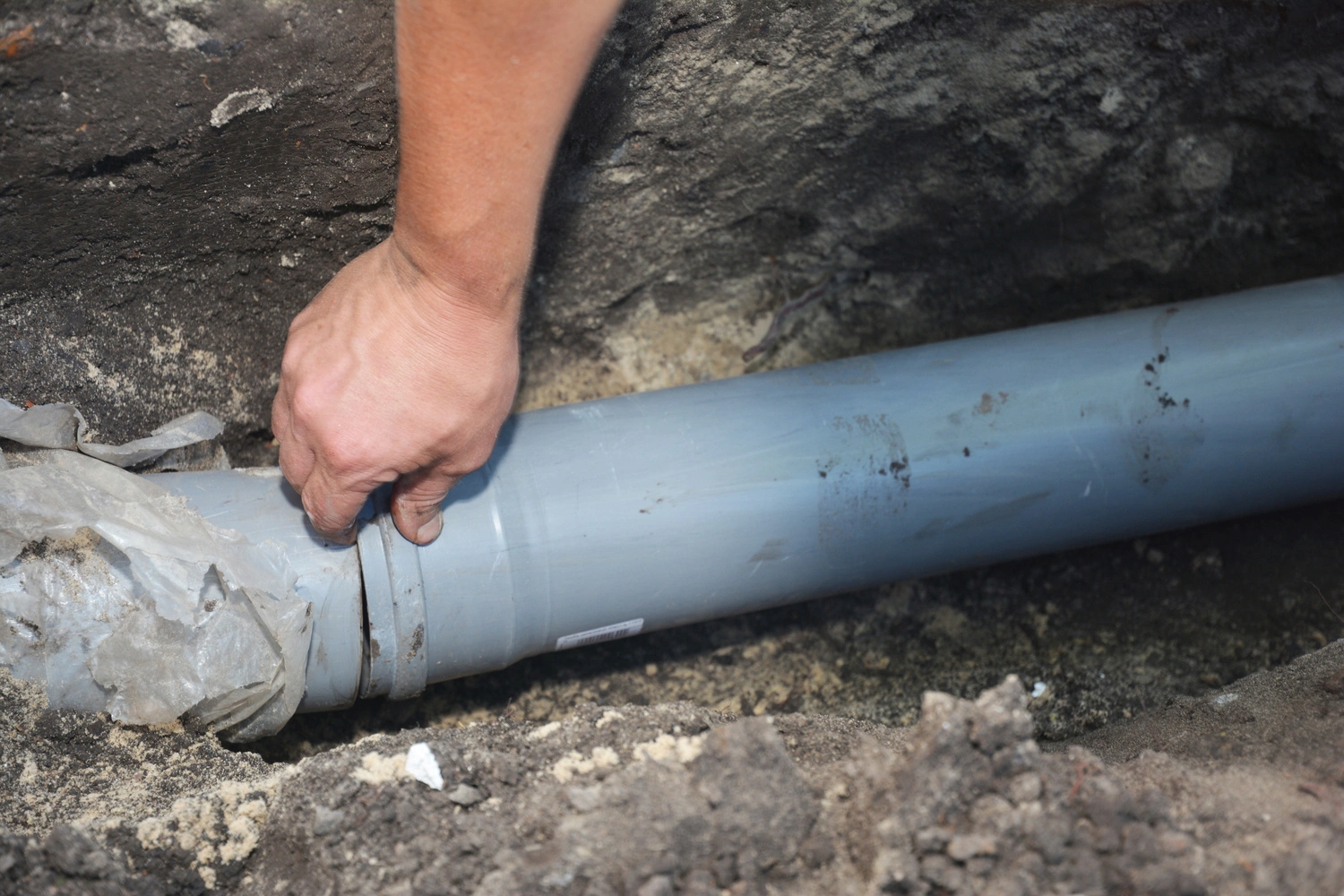
21 Mar. 23
How To Repair A Sewer Line
Plumbing problems can be a nightmare, and a broken sewer line is no exception. Early detection of a broken sewage pipe can help manage the issue, but prevention is always the best approach. If you notice any signs of a broken sewage pipe such as a foul odor, backed-up water, or damp spots around your home, then it is important to contact a professional plumber. They can assess the situation and take the necessary steps to repair or replace the pipe. New plumbing technology means that broken sewage pipes can be repaired or replaced quickly and last up to 50 years. Taking preventive measures such as avoiding flushing large wads of toilet paper, kitchen grease, and other materials that can clog the sewer line, and keeping trees and plants away from your sewer line to avoid root damage, can help minimize the risk of a broken sewer pipe in your home or business.
To tackle the problem, you can try to unclog the drain using a plunger or plumber’s snake, but it’s best to call a professional if your efforts for sewer repair Chicago fail. Identifying the location of your home or business’s sewer pipe is a vital first step in evaluating the problem. With the help of a professional plumber, you can get a good assessment of the damage to your sewer pipe, which could be due to brittle old pipes, roots growing into pipes or improper flushing. Trenchless sewer line replacement is a less invasive method of repairing or replacing broken sewer pipes that can be used in homes, businesses, and municipalities.
